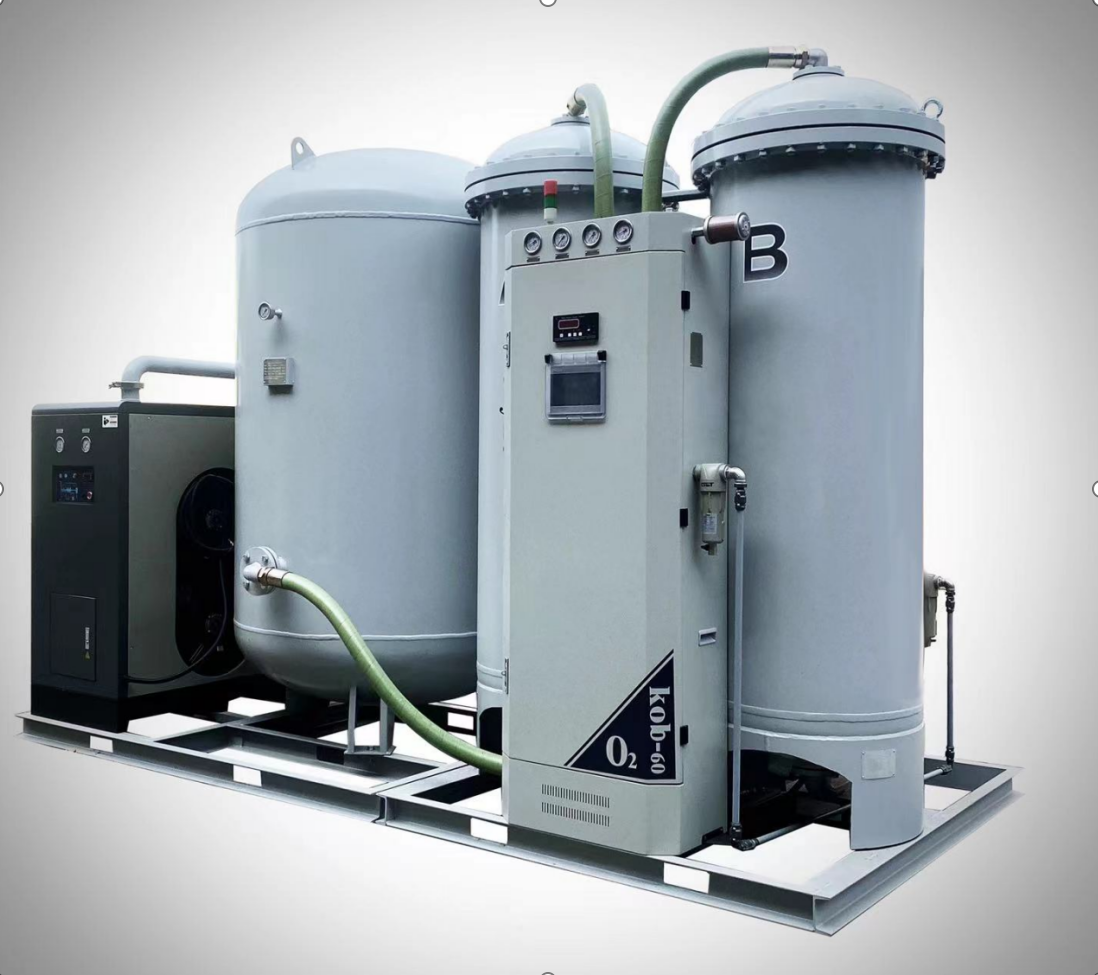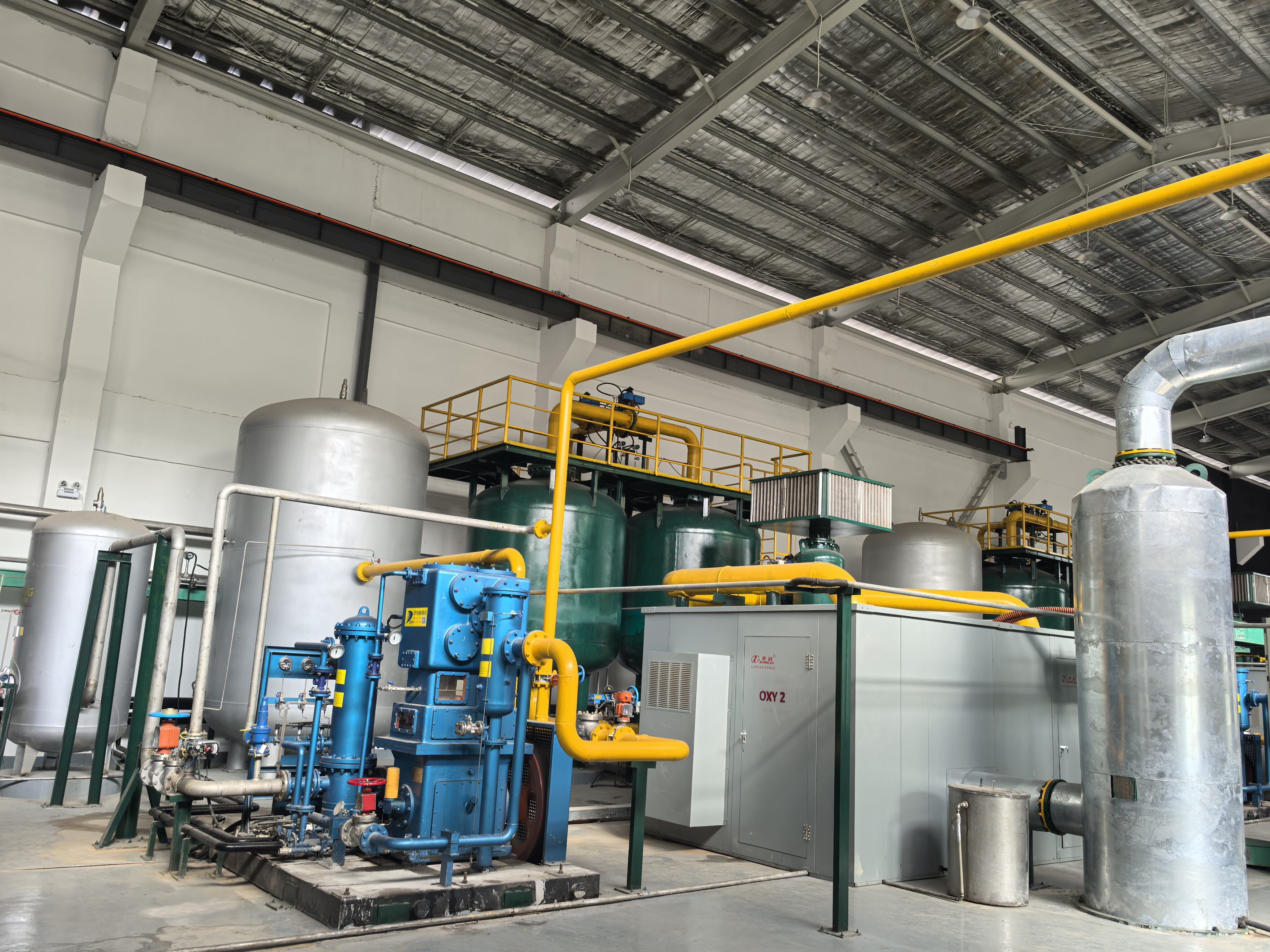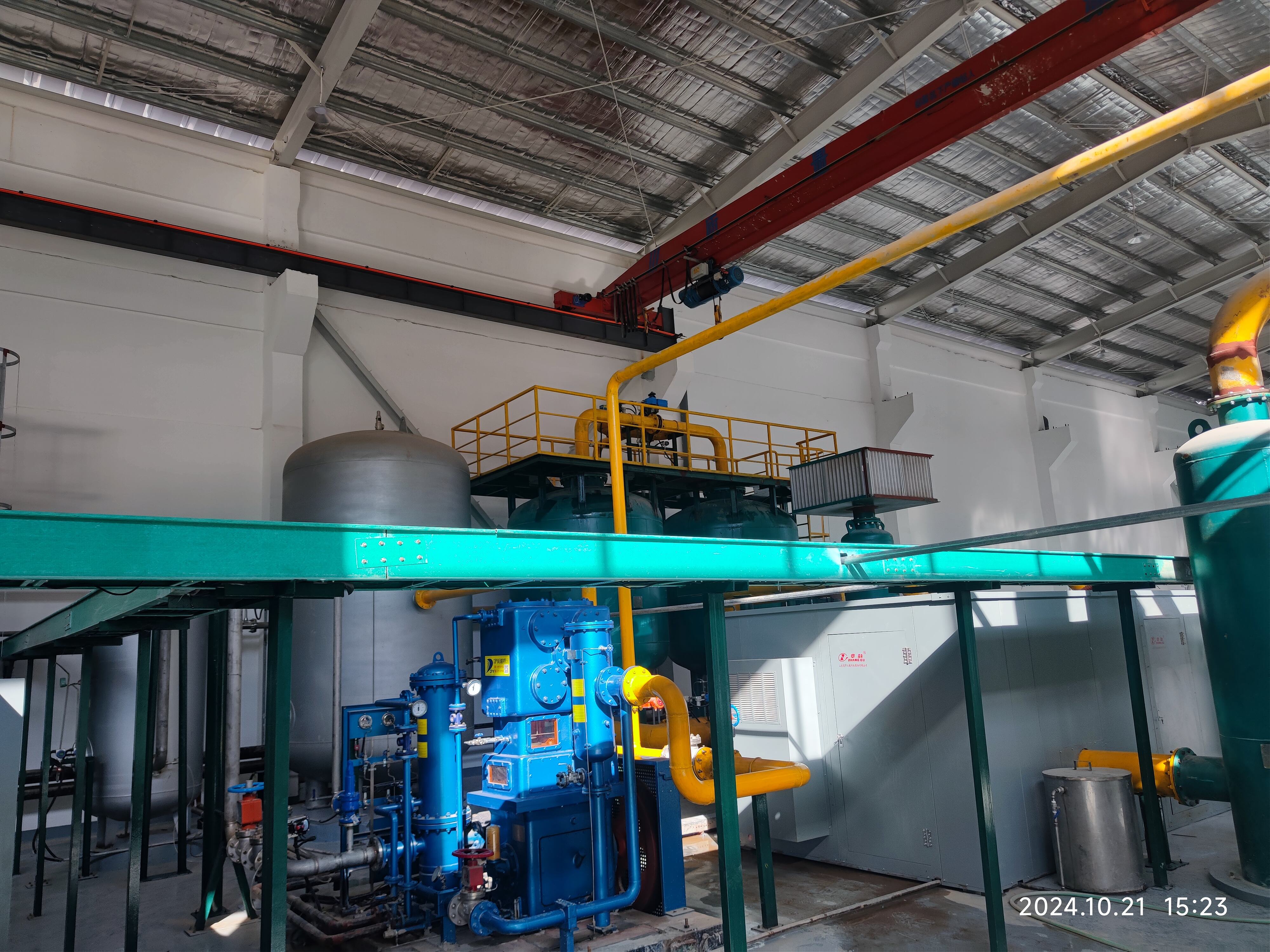Idajọ ati Igbagbo Oju-Orin Afin
Ile VPSA jẹ́ àwọn ìtàn tí ó ṣe pataki mẹta ni èyí tó ti o ṣe àwọn aláìníṣe àti orílẹ̀-èdè láti gbà ọ̀rọ̀ òǹkà sí àwọn nínú ìmọ́ àwọn ìbáyé. Àwọn sénso áti mẹta tí ó ní ìgbéjade lórí ìpinnu tí ó ṣe àwọn àwọn dáta láti gbà ọ̀rọ̀ òǹkà sí ìpinnu, ìgbéjade oxigènì, ìsọ́rọ̀ ìtònjù, àti ìgbéjade àwọn kómopònù. Ètò yìí jẹ́ àwọn ìtàn láti gba àwọn àwọn aláìníṣe mẹta tí ó ṣe àwọn ìtàn láti fi ìbápúpọ̀ àti àwọn ìbáyé tí ó kọ́ sí láti ṣe àwọn ìbáyé tí ó máa fún ìdajọ́. Ìtàn aláìníṣe mẹta tí ó ṣe láti fi ìbápúpọ̀ àti ìdajọ́ rírú, tí ó ṣe ìdajọ́ àti ìdajọ́ láti wá, tí ó ṣe ìdajọ́ àti ìdajọ́ láti gbogbo ìbápúpọ̀ àti ìdajọ́ láti wá, tí ó ṣe ìdajọ́ àti ìdajọ́ láti gbogbo ìbápúpọ̀ àti ìdajọ́ láti wá, láti ṣe àwọn ìtàn mẹta tí ó ṣe àwọn ìtàn láti fi ìbápúpọ̀ àti ìdajọ́ rírú, tí ó ṣe ìdajọ́ àti ìdajọ́ láti wá, tí ó ṣe ìdajọ́ àti ìdajọ́ láti gbogbo ìbápúpọ̀ àti ìdajọ́ láti wá, tí ó ṣe ìdajọ́ àti ìdajọ́ láti gbogbo ìbápúpọ̀ àti ìdajọ́ láti wá. Ise awọn aláìníṣe mẹta tí ó ṣe láti fi ìbápúpọ̀ àti ìdajọ́ rírú, tí ó ṣe ìdajọ́ àti ìdajọ́ láti wá, tí ó ṣe ìdajọ́ àti ìdajọ́ láti gbogbo ìbápúpọ̀ àti ìdajọ́ láti wá, tí ó ṣe ìdajọ́ àti ìdajọ́ láti gbogbo ìbápúpọ̀ àti ìdajọ́ láti wá.


